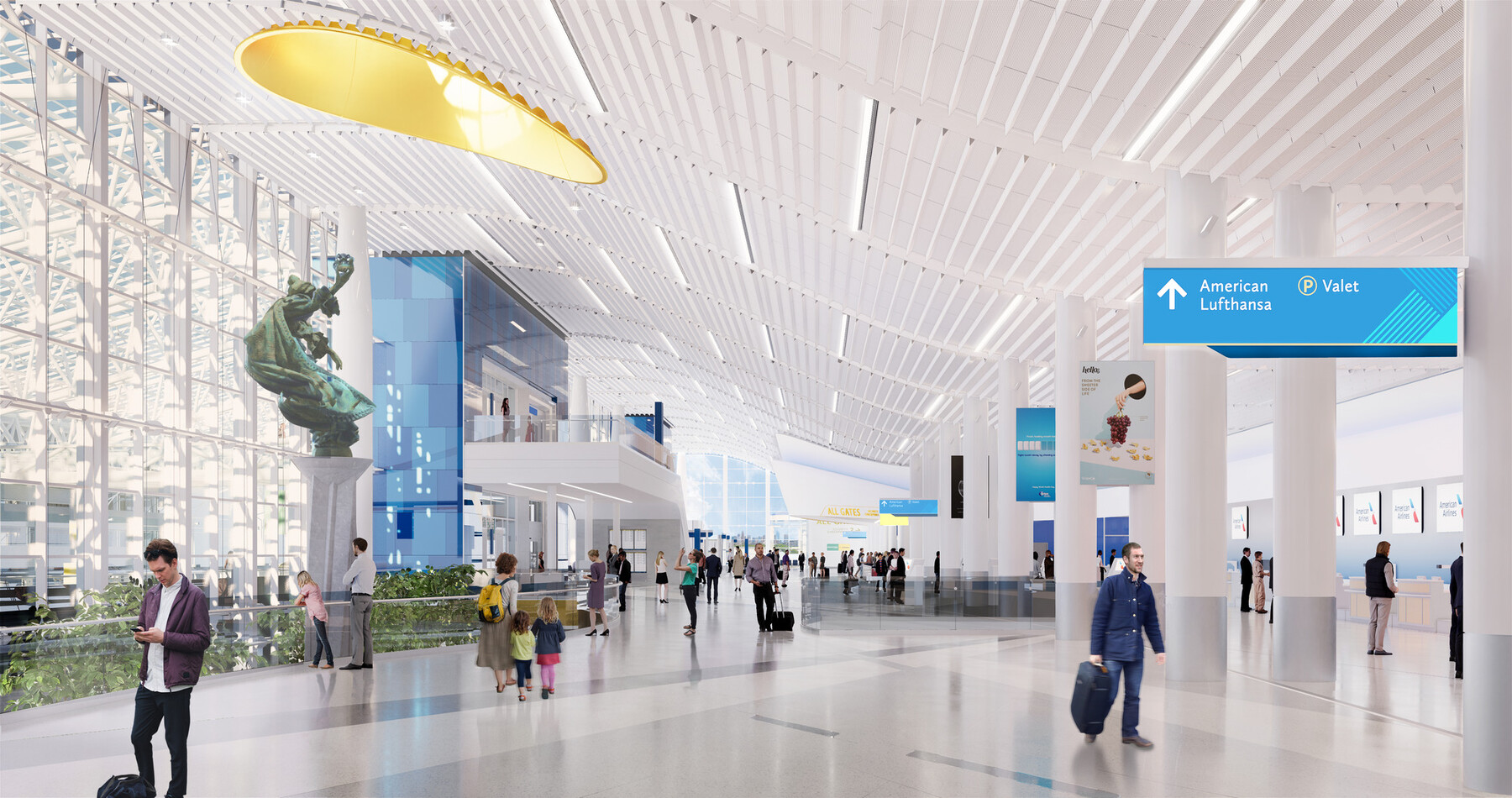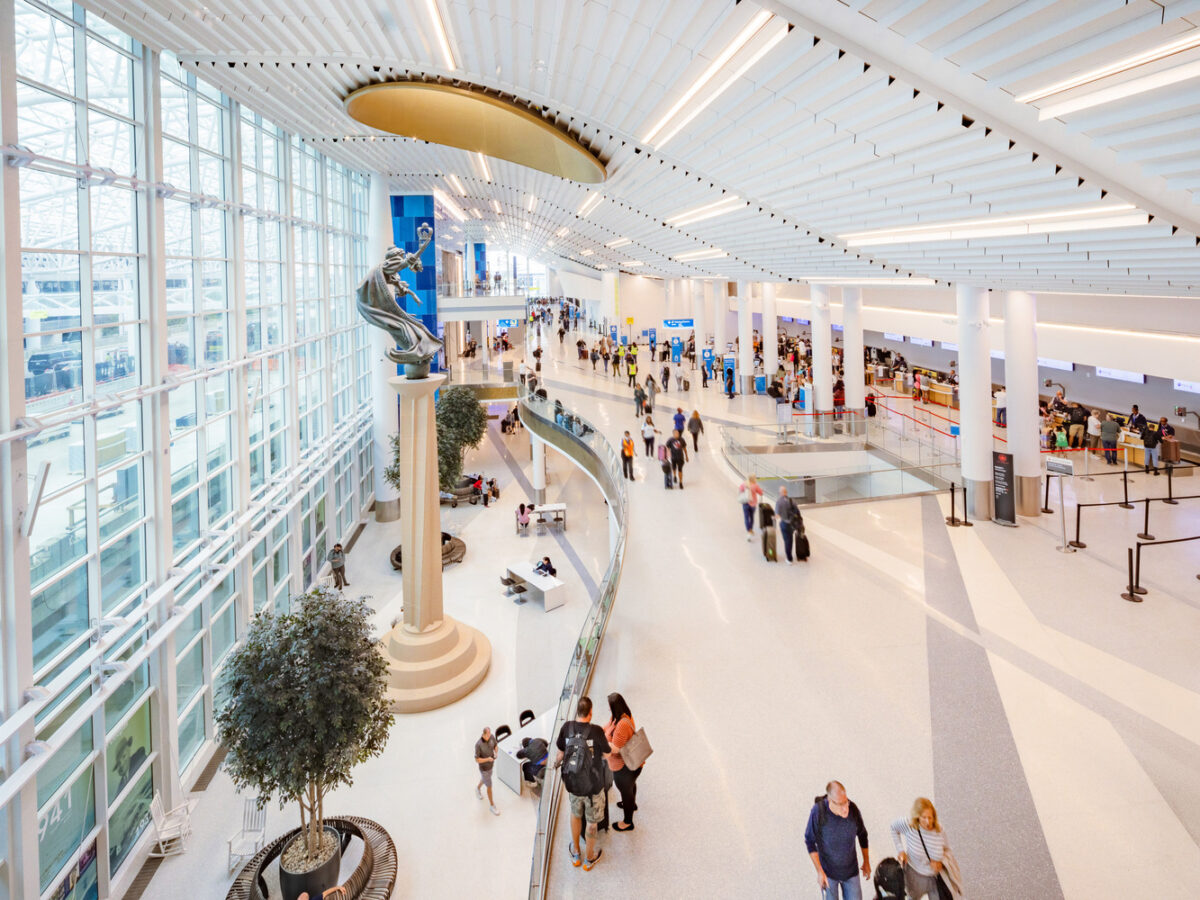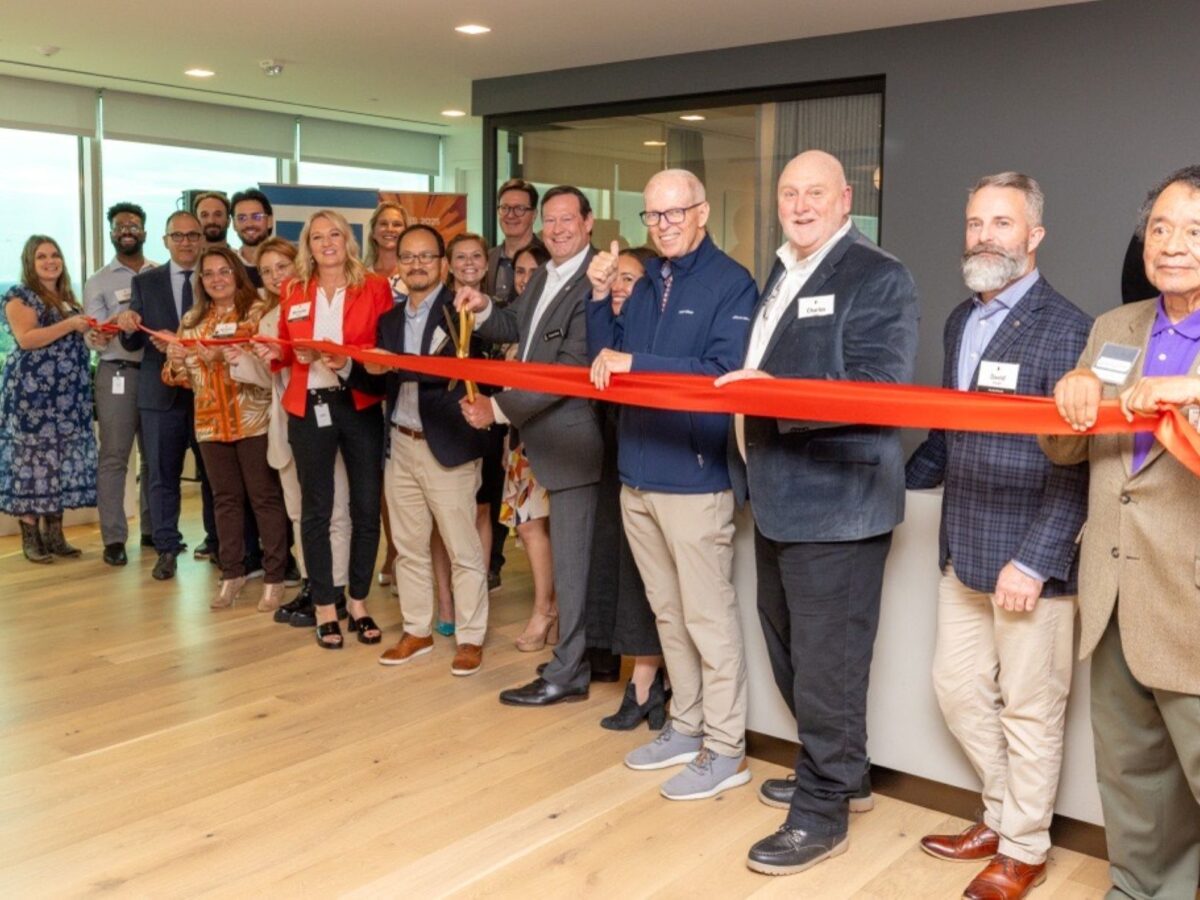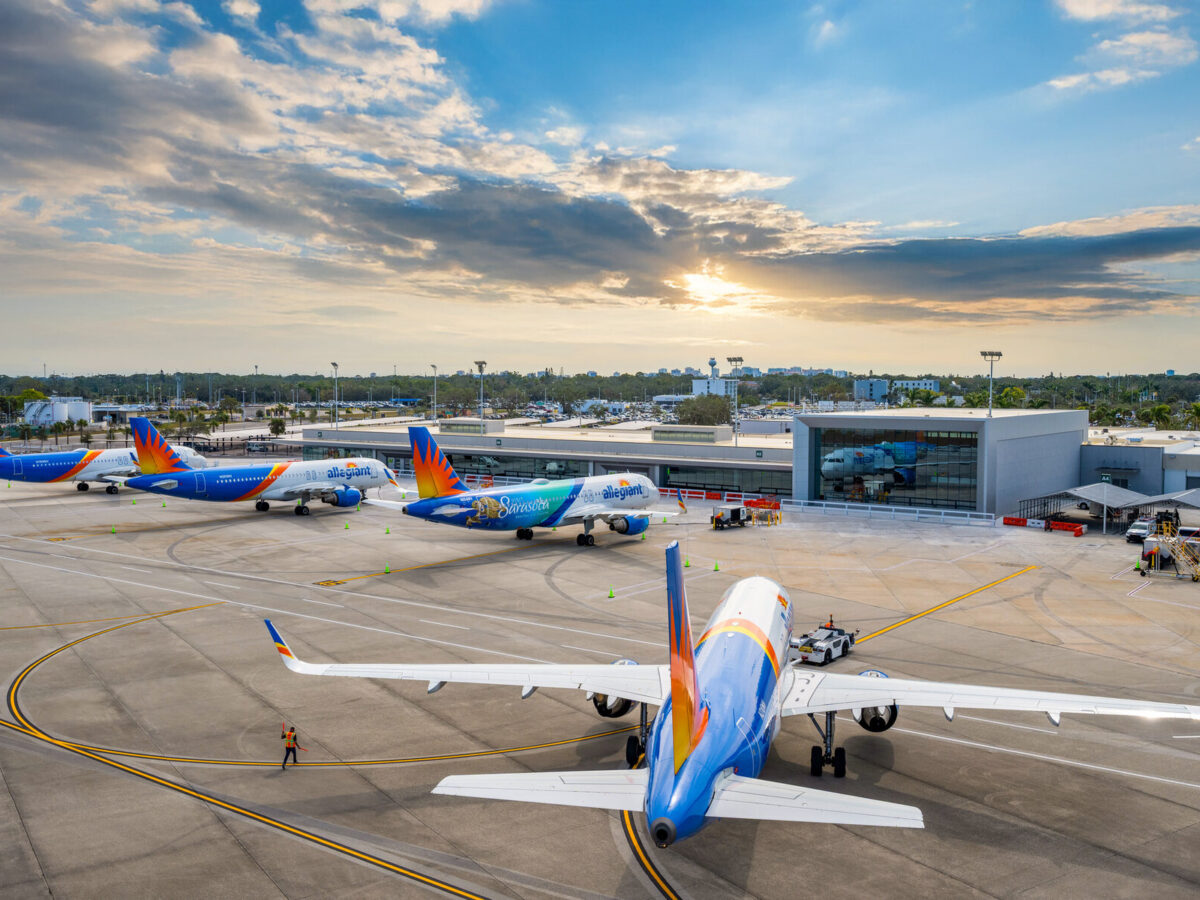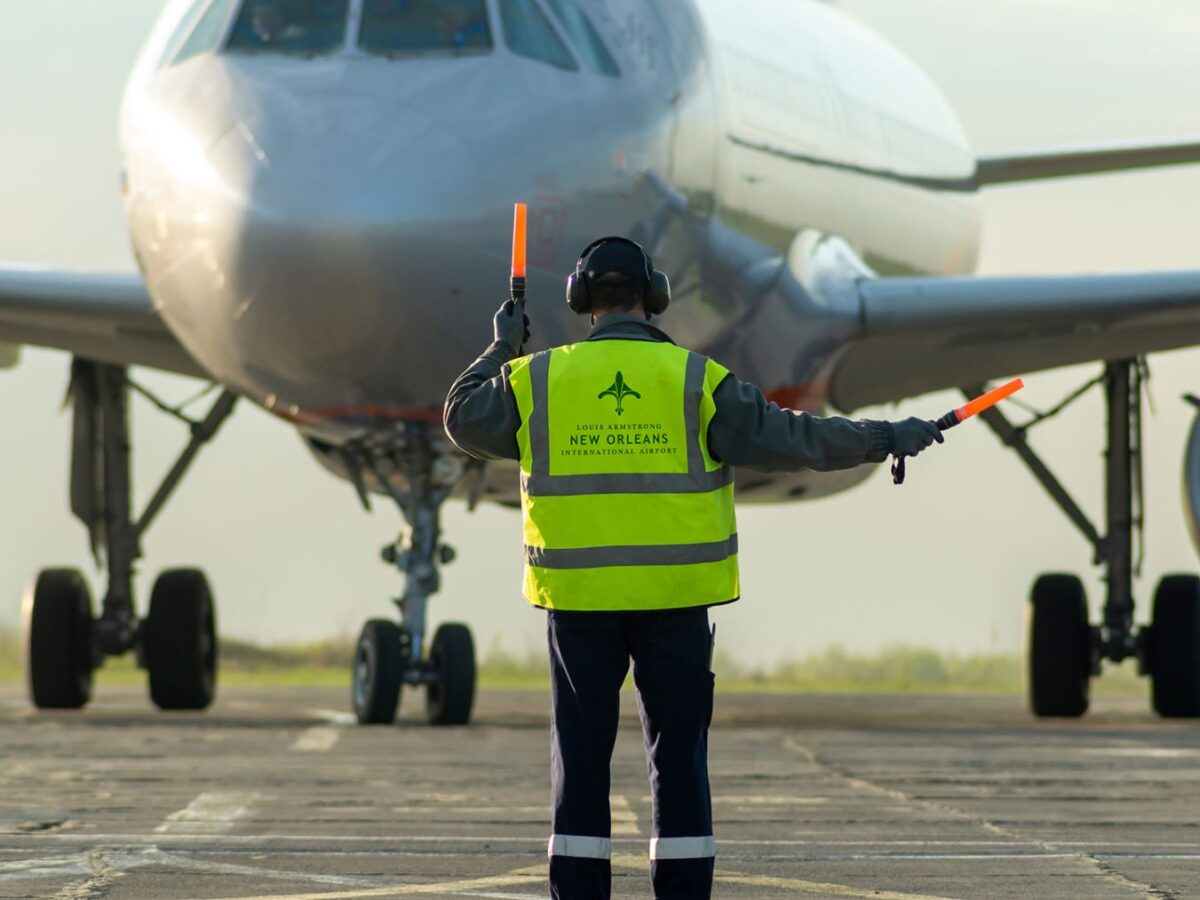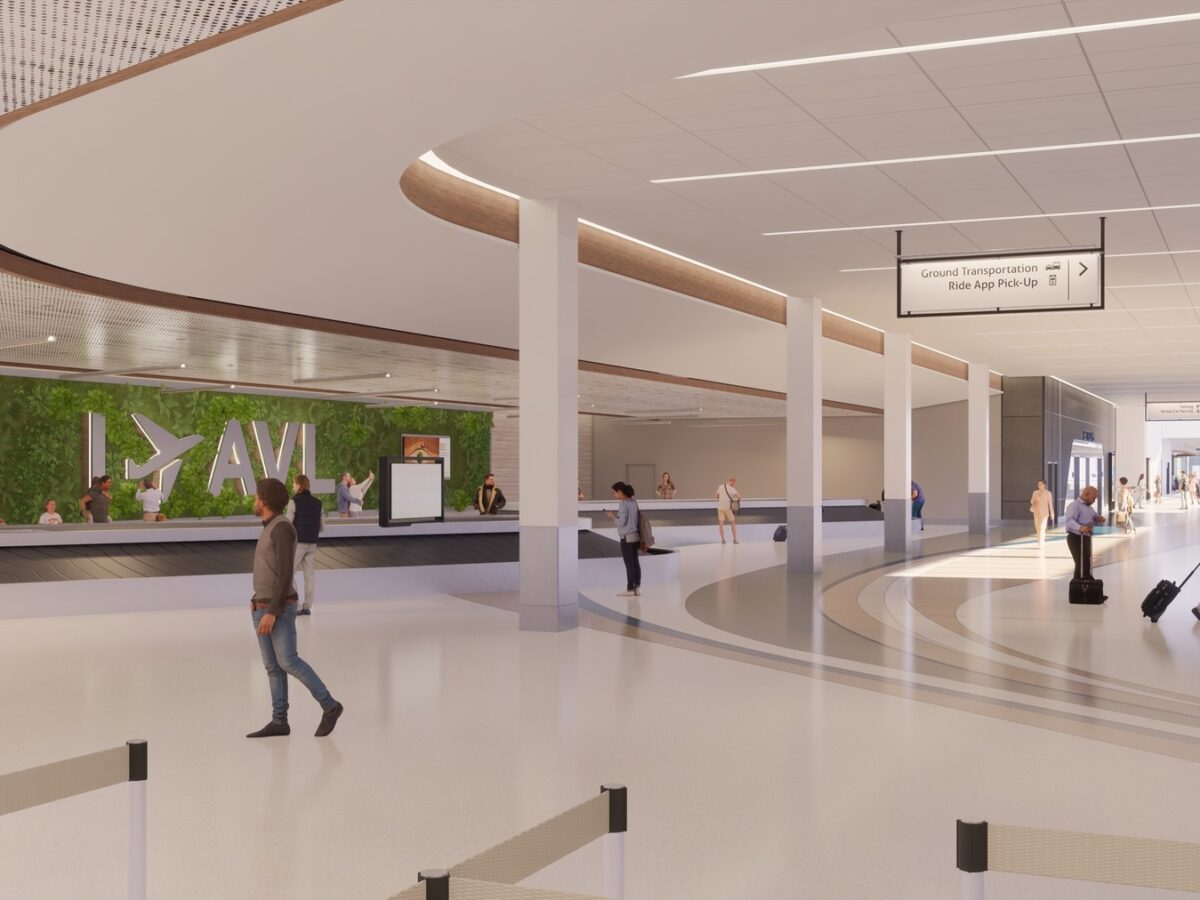In Part 1 of this series, we discussed why creating a sense of place in airports is important to the traveler’s experience and today, we are excited to explore how our design visioning process helps us to consistently achieve that goal.
Every element of an airport can be designed to embody the spirit of its location in ways that reinforce its unique identity and Gresham Smith has developed a foundational design visioning process that emphasizes this opportunity. Our methods support the evaluation of subjective decisions that are not easily made based on objective criteria, such as the right number of ticket counters or square footage of a gate lounge. At its core, visioning is an iterative process that uses data, inspiration and context collected through research and observation to develop guiding principles of design that are tailored to the unique needs of each airport.

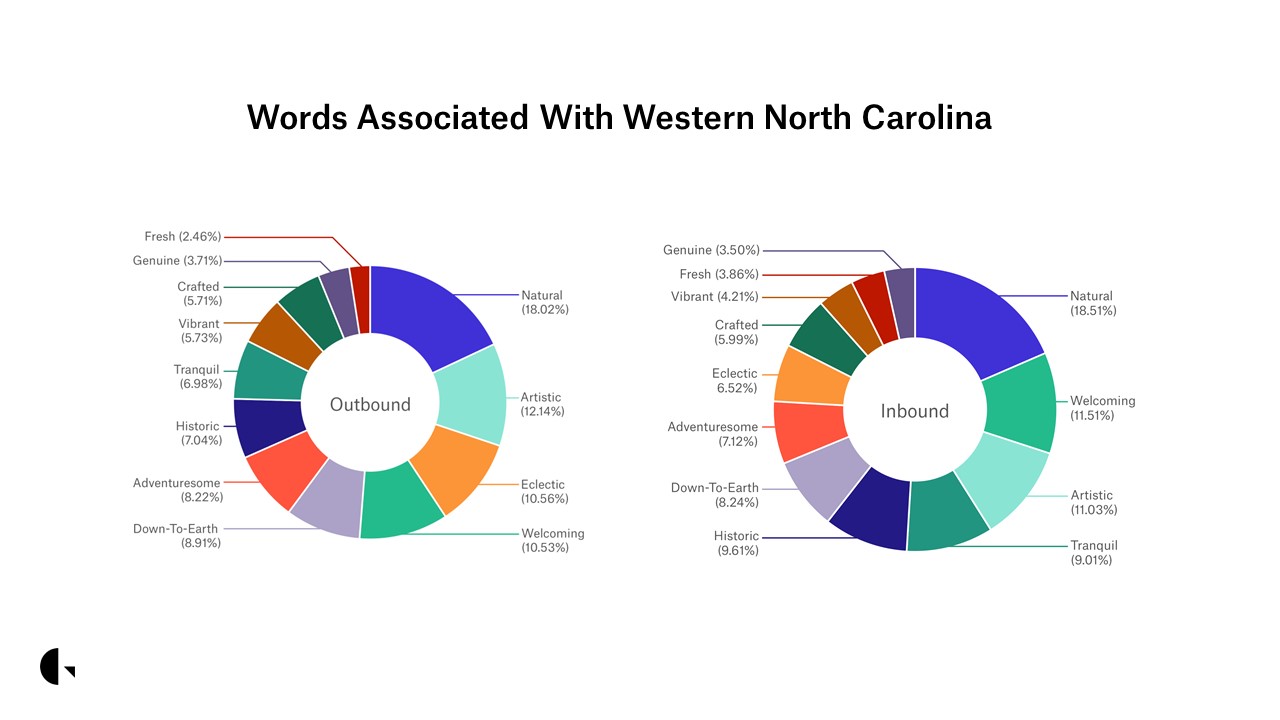
There are several constants within the process, regardless of client or project. For example, visioning always begins with an initial plan and then ideas are refined as important themes emerge over time — themes that may be implemented and translated to design concepts. A decentralized process, data points are also crowd-sourced to reflect collective aspirations and to confirm all are heard and given equal importance. How this data is collected, though — such as the nature of the workshop or pools of people polled — changes depending on the client and project.
Much of this initial planning phase is a quest to define the airport’s story, identity and key stakeholders, while also collecting the varied perspectives of the traveler’s experience. As we delve into the research, it is essential to invest ample time in the space, acting as a first-time flyer and using our five senses as we navigate through each step of travel. We then work with the client to weave our findings into the desired narrative. This often involves partnering with local firms that are invested in the community, as they offer a local perspective and insider knowledge that can help to guide the narrative. This immersive research allows us to see both the strengths and shortcomings of the current space, while also learning the nuances of the community, thus setting a strong foundation for a much-improved design and experience for all.
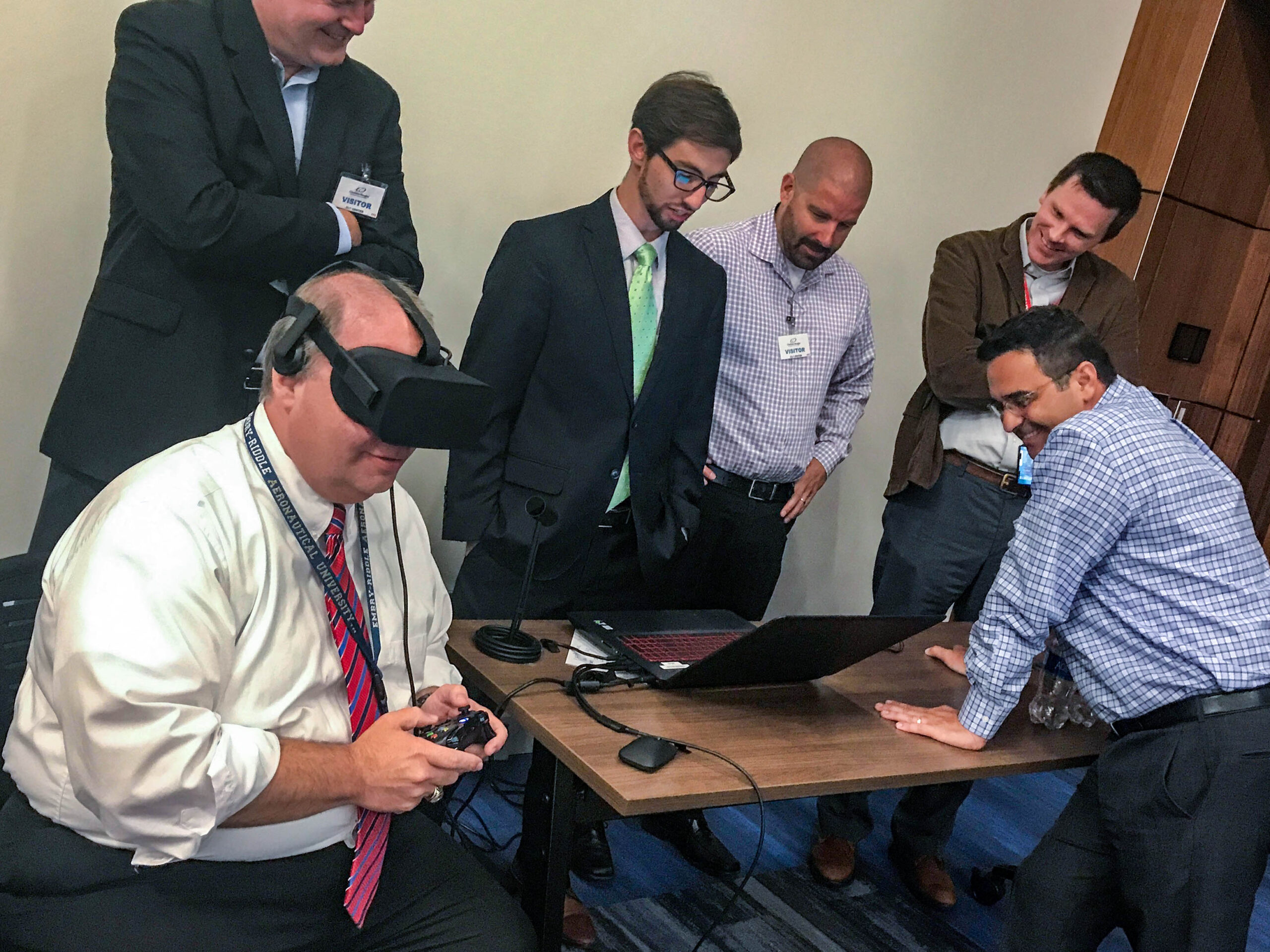
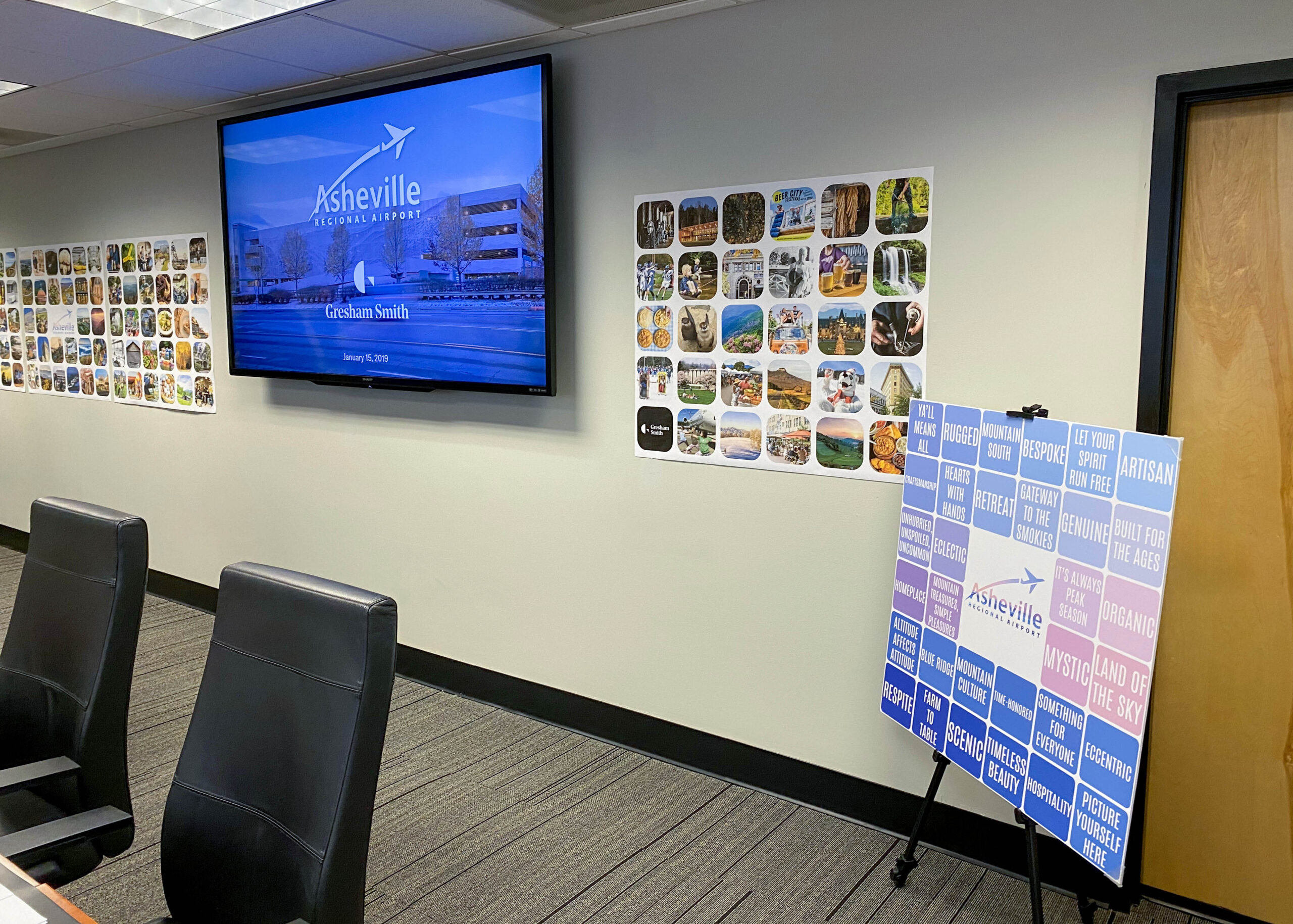
While those methods make up most of our research phase, it certainly doesn’t end there. To successfully create or enhance the sense of place in airports, we must know if people’s perceptions of the spaces are changing from before and after. To capture that necessary feedback and to uncover sub-stories, we use a variety of both physical and virtual collaboration tools. Images and words play a significant role in our process as they often elicit immediate responses, helping us determine what matters most to people. We also incorporate a strong public engagement component, creating surveys to gather insights from thousands of travelers and staff. Throughout the entire process, intentionality is crucial and questions like How would you describe the region? and What would you recommend to people visiting the region? can paint a vivid picture of who the airport serves and guide us in that direction.
The final step is to translate the airport’s story into the physical space through forms, fixtures, and finishes. Our goal is to create spaces that spark a positive emotional response, even if simply on a subconscious level. We want locals to feel the comfort of coming home to a familiar and beloved place and we want travelers to be captivated by the excitement of a new and welcoming destination. In the past, the sound of silence was the sign of success; if people didn’t notice the design, it meant we did our job well. However, with the advent of social media, people now stop, notice and post about their time in these spaces — and we want to ensure they only have positive experiences to share.
An airport is more than just a transit hub — it is a symbol of the greater region it serves. Through design visioning, we aim to create an airport that not only serves as a gateway, but also as a reflection of the destination’s culture, history, and identity.
Learn how we’re using design visioning to guide our design at Asheville Regional Airport (AVL) in the final post of this series.
